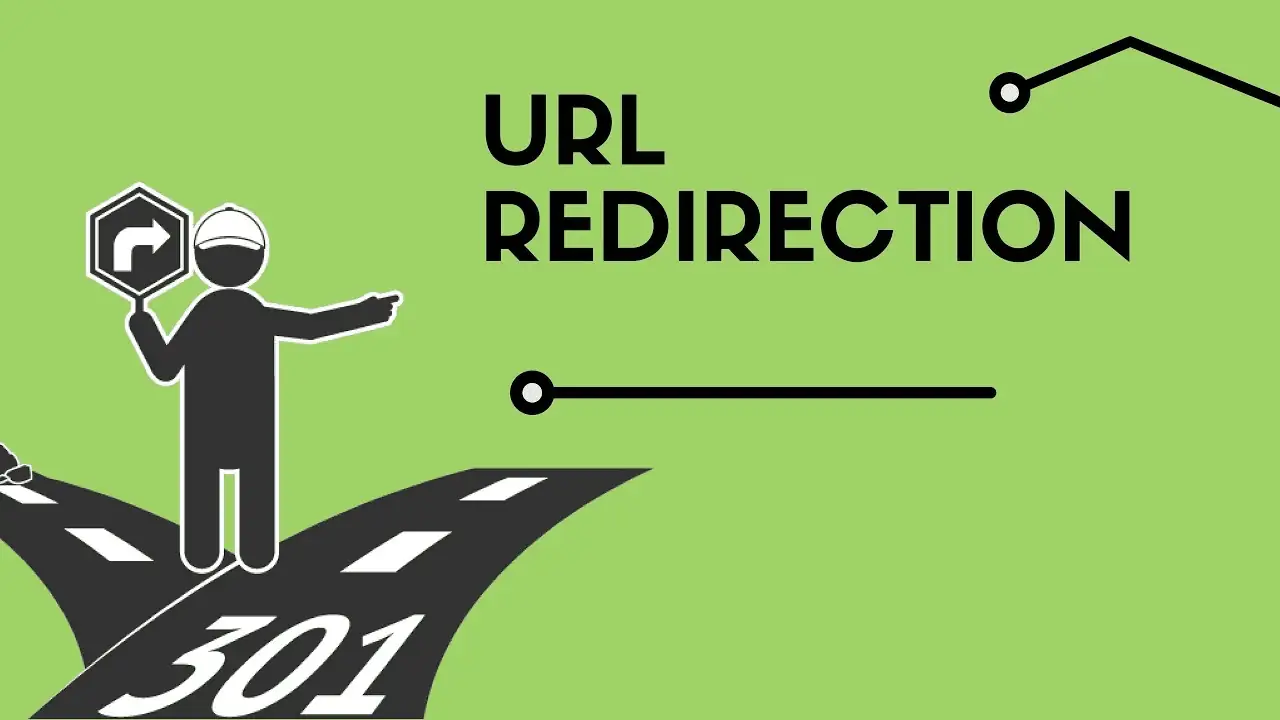URL Redirects: Everything You Need to Know for SEO
Welcome to Geek Speak, our weekly show about marketing. Today we’re exploring URL redirects.
We’ll cover what they are, why they matter, and how you use them for SEO and of course what to watch out for. Feel free to Watch our video or read the information below for additional information. They can enhance your marketing and site performance.
Table of contents:
- URL Redirects
- Types of URL Redirects ?
- Practical SEO Applications of URL Redirects
- SEO best Practices with Redirects
- Strategic Application of URL Redirects
- Common pitfalls to avoid
- Conclusion
Introduction – URL Redirects: Practical applications and tips
Redirects are important in website management and user experience.
This blog post covers the types of URL redirects. It also explains how they can help your SEO strategy.
URL redirects are crucial for improving your website’s search engine optimization (SEO).
Redirects are also important in website management and user experience.
Redirects can be temporary or permanent. But first
What are URL Redirects?
URL redirects serve as directions that guide traffic from one web address to another.
This is helpful when you move content between pages or websites.
It ensures that users and search engines are directed to the right page. The two main types of redirects are 301 (permanent) and 302 (temporary).
Said another way: URL redirects are techniques used to forward one webpage URL to another. These are crucial for good user experience and SEO. They guide visitors and search engines to an active and relevant page when the original is gone.

Link Equity The Importance of 301 Redirects
A 301 redirect is used to show that a web page has been permanently moved. In terms of SEO, this type of redirect passes 90-99% of the link equity to the redirected page.
If you’re changing your site or your URLs, adding a 301 redirect is essential.
It keeps your current search engine rankings.
What Are URL Redirects?
URL redirects are techniques used to forward one webpage URL to another. These are crucial for good user experience and SEO. They guide visitors and search engines to an active and relevant page when the original is gone.
Types of URL Redirects and Their Uses:
- Use 301 Redirects: They are for when you move content permanently from one URL to another. It’s essential for SEO as it passes the link equity to the redirected page.
- 302 Redirects (Temporary): Ideal for temporary content changes, like promotional campaigns. It signals search engines that the redirect is temporary. This keeps the SEO value of the original URL intact.
- These are less common and recommended. They are typically client-side and can slow down page loads. This can harm user experience.

Practical SEO Applications of URL Redirects
In our recent podcast, experts discussed various applications of redirects. For example, during promotions, you might want to redirect users from the usual product page to a special campaign page. This puts the traffic on one page. It helps the campaign without spreading the SEO value thin on many pages.
Google gives us a lot of information about how to do Redirects and Google Search.
SEO Best Practices with Redirects
To effectively use redirects for SEO, ensure that:
- Use 301 redirects for permanent changes to merge link equity and maintain rankings.
- Use 302 redirects for temporary changes. They tell search engines the original URL will be back.
- Track redirect impact using tools like Google Search Console. See how redirects affect your site’s performance.
- Avoid Redirect Chains. They confuse search engines. They harm user experience. Keep redirects clean and direct.
- Monitor your redirects. Use tools like Google Search Console to track them well. Make sure they work as intended. Remove any unnecessary ones. This will keep your site running smoothly.
Leveraging 302 Redirects
302 redirects are temporary redirects. They should be used when a page is moved or under maintenance.
For example, if you have an e-commerce site with out-of-stock items, a 302 redirect can guide users to a temporary page.
They will stay there until the original page is available again. This redirect type ensures users don’t end up on dead pages. Dead pages hurt user experience, SEO, and can make you lose customers
Strategic Applications of URL Redirects:
- E-commerce Flexibility: Products are sometimes out of stock. A 302 redirect can guide users to a related page until the item is back in stock. This helps the shopping experience without hurting SEO.
- Marketing Campaigns: During promotions, move users from product pages to landing pages. This can group traffic and boost sales.
- Seasonal Updates: Temporarily change page URLs for sales or events. Then, revert to the standard URL. This helps keep SEO continuity and relevance.
Common Pitfalls to Avoid
Avoid redirect chains. A URL is redirected many times. This can slow down page loads and dilute link equity. Also, ensure that 301 and 302 redirects are used correctly. They avoid confusing search engines and users about how permanent the change is.
Conclusion- URL Redirects
Knowing and using URL redirects correctly can greatly affect your website. They impact SEO and user experience. You may manage a complex e-commerce site or a simple blog no matter what you’re doing. Effective redirect strategies are vital to your online performance. They ensure that your site adapts to changes without losing traffic or visibility.
URL redirects, when used correctly, are powerful tools for SEO. They not only maintain link equity and search rankings during a website transition. They also improve the user experience by fixing broken links and removing detours. For more tips on using URL redirects, listen to our detailed podcast. It covers the topic well.
Visit our website for more expert advice on SEO. Learn how to use URL redirects to boost your site’s performance and user engagement. Stay tuned for more updates and expert discussions on digital marketing strategies.
For more tips on using URL redirects, listen to our detailed podcast. It covers the topic well.

Here’s a table comparing the two main types of URL redirects, 301 and 302, as detailed in the provided content:
| Attribute | 301 Redirects (Permanent) | 302 Redirects (Temporary) |
| Purpose | Used when content is moved permanently from one URL to another. | Used for temporary content changes, like promotional campaigns. |
| SEO Impact | Passes 90-99% of link equity to the redirected page. Maintains SEO rankings. | Keeps the SEO value of the original URL intact. |
| Common Use Cases | – Changing site structure or URLs permanently.<br>- Merging websites. | – Temporary maintenance or updates.<br>- Temporary promotions or campaigns. |
| Search Engine Signals | Signals search engines that the original page has been replaced permanently. | Indicates to search engines that the redirect is temporary. |
| User Experience | Helps maintain a smooth user experience by ensuring links are not broken. | Ensures users don’t end up on dead pages, maintaining a good user experience. |
| Best Practices | – Use for all permanent changes.<br>- Ensure proper implementation to merge link equity. | – Use when the original URL is expected to be back.<br>- Avoid for long-term changes to prevent confusion. |
| Monitoring Needs | Track and monitor through tools like Google Search Console for impact. | Regularly review to switch back to original URLs when appropriate. |
| Pitfalls to Avoid | Avoid creating redirect chains which can dilute link equity and slow down page loads. | Ensure they are not used in place of a 301 if the change becomes permanent. |
For more tips on using URL redirects, listen to our detailed podcast. It covers the topic well.
______________________
Lets Connect!
Have questions about redirects or want to know more? Join us at the Cyberpunk Geek Marketing Mixer on Facebook. It is a group of marketers that believe in helping one another develop and grow. Or Follow our YouTube Channel and our podcast. Feel free to keep learning with us KnowHow Marketing Lab.
Next week, we’ll discuss the ethical use of AI in marketing.
Our guest expert is Ashley. It’s another conversation you won’t want to miss!
Have more questions about SEO or Google Ads? Don’t hesitate to contact us.

